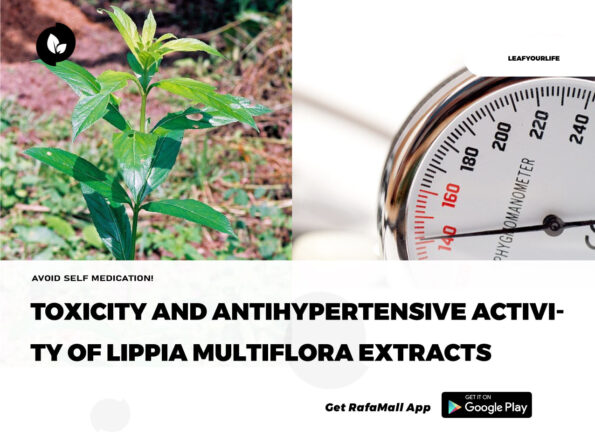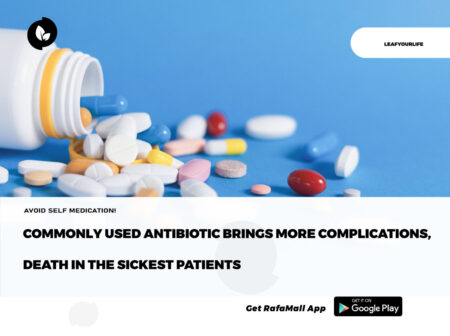
ABSTRACT: The objective was to study the antihypertensive effects of the aqueous decoctycrude of Lippia multiflora from the region of Djidja at a dose of the plant as well as the results of this extract on some biochemical parameters in the rat were made hypertensive by 500 mg/kg of body weight during the 14 days and were treated with losartan potassium at a dose of 100 mg/kg of body weight, of L-NAME at a dose of 40 mg/kg of body weight between 150 and 250g.
Administration of L-NAME caused a significant increase in PAS, PAD, and PAM in rats from 142.4±19.89 mmHg (J0) to 172.4±15.95 mmHg (J8) and 122.8±7.05 mmHg (J0) to 138.6±36.39 mmHg (J8), from 93.8±5.42 mmHg (J0) to 137.5±11.90 mmHg (J8) and from 92.5±4.55 mmHg (J0) to 136.75±7.68 mmHg (J8) and 109.25±15.52 mmHg (J0) to 159.75±27.80 mmHg (J8) and from
99.8±13.39 mmHg(J0) to 151.25±8.13 mmHg (J8) respectively for the positive control batch and the batch subsequently treated with the raw extract). That of the crude extract from (J8) to (J29) caused a significant decrease in SBP, PAM, and PAD in the rats, dropping from 140±5 mmHg (J8) to 122.4±15.32 mmHg (J29), from 151.25±8.13 mmHg (J8) to 114±19.12 mmHg (J29) and from 136.75±7.68 mmHg (J8) to 99.8±14.82 mmHg (J29) respectively.
These values are significantly lower than that of untreated rats, which was 150.5±10.40 mmHg (J29)
Read Full Paper Here:











